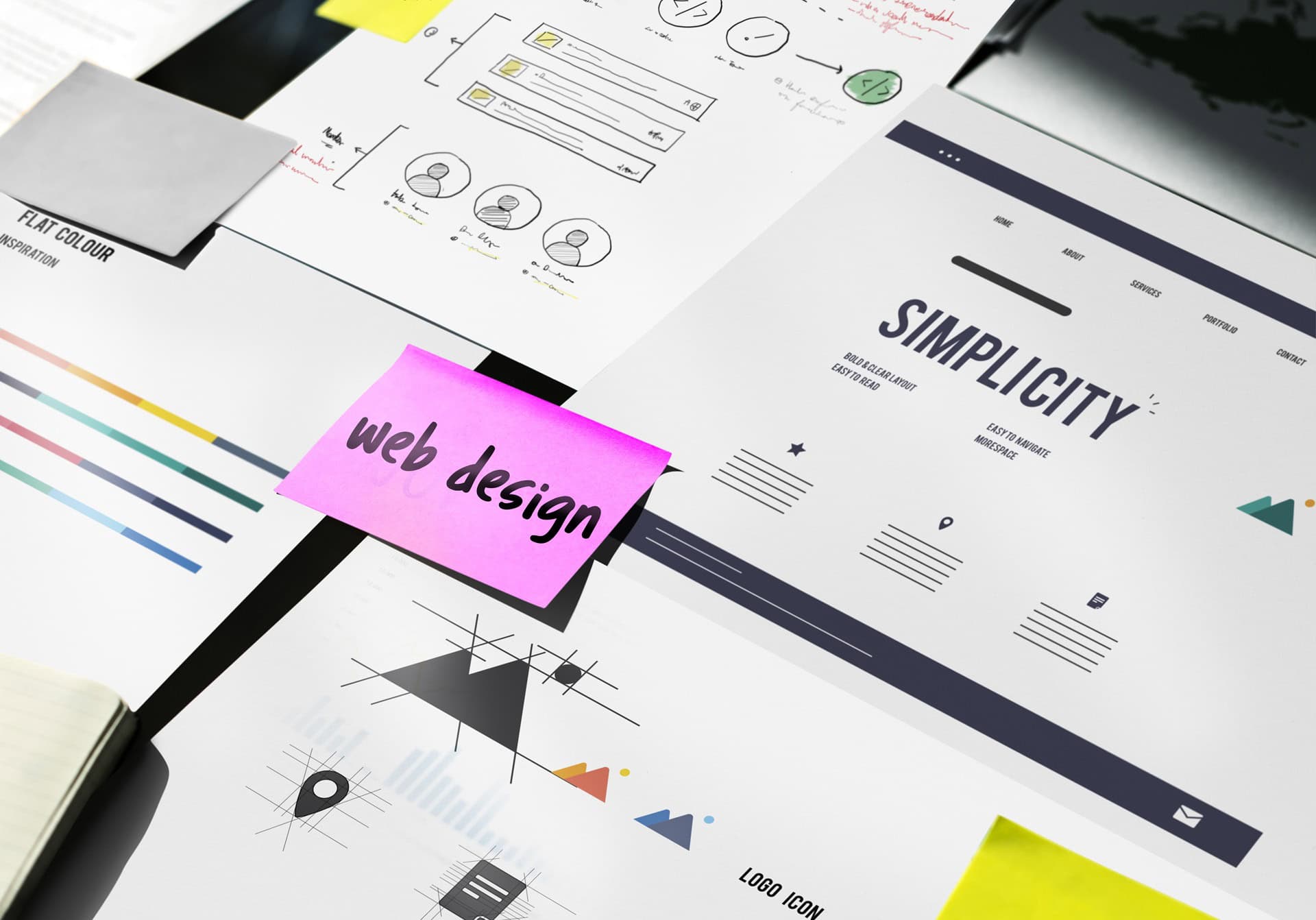Digital inclusivity is essential in today’s connected world. As a business, ensuring that your website is user-friendly and accessible for all people, regardless of ability or the device they use, is not only morally responsible but also a smart strategy for capturing a wider audience. Titan Blue Australia is committed to creating websites with accessibility at the forefront, providing users from all walks of life with equally enjoyable online experiences.
In this comprehensive guide, we will explore the significance of designing accessible websites and share practical tips and strategies employed by Titan Blue Australia’s expert team. We’ll discuss the essential principles and practices of accessible web design, including easy-to-read content, logical navigation, adaptive layout, keyboard-only functionality, and more. By implementing these recommendations, your website will cater to users with varying abilities, allowing for a more inclusive and diverse digital audience.
Embrace Titan Blue Australia’s commitment to accessible website design and learn how to craft online experiences that provide equal opportunities for everyone, ultimately benefiting your business and the wider online community.
Designing for a Diverse Array of Users
When aiming to create an inclusive website, understanding your target audience is crucial. It’s essential to consider not only the demographics but also the abilities and potential limitations of your users. Catering to users with varying needs, such as those with impaired vision, hearing, motor skills, or cognitive abilities, will ensure that your website provides an enjoyable experience for all.
As reported by the Australian Bureau of Statistics in 2018, over 4 million people in Australia have a disability. This figure highlights the importance of considering accessibility and inclusivity when designing your website to reach a wider and more diverse audience.
WCAG Guidelines: The Gold Standard for Accessibility
The Web Content Accessibility Guidelines (WCAG), created by the World Wide Web Consortium (W3C), provide a comprehensive framework for ensuring that your website is accessible and inclusive for everyone. Titan Blue Australia follows WCAG guidelines while crafting a website, basing design choices on these established principles to create inclusive user experiences.
The WCAG guidelines specify three levels of conformance: Level A, Level AA, and Level AAA. Achieving at least Level AA compliance is generally recommended, as this provides a satisfactory level of accessibility for most users.
1. Text Alternatives for Images and Multimedia
Adding text alternatives for visual and multimedia content is one of the most critical aspects of accessible web design. This involves providing alt tags for images and descriptive captions or transcripts for audio and video content, allowing visually impaired users or those with hearing limitations to understand the information being presented.
To optimise accessibility, ensure that alt tags are descriptive and concise while accurately conveying the content of the image. For instance, instead of writing “image of a person,” consider a more detailed description like “woman smiling while holding a coffee cup.” This would provide valuable context to users relying on screen readers or other assistive technologies.
2. Adaptive and Responsive Design for Various Devices and Screen Sizes
In today’s fast-paced, digitally connected world, users access the internet from an ever-growing range of devices. Ensuring that your website caters to varying screen sizes and devices is essential for a seamless and inclusive user experience.
A responsive and adaptive design considers different devices, such as desktops, laptops, tablets, and mobile phones, ensuring that all users can navigate and interact with your website effortlessly. To achieve this, opt for fluid grid layouts, scalable images, flexible text, and media queries that accommodate different screen resolutions.
3. Keyboard Navigation and Focus Indicators
For users with motor impairments or those who cannot use a mouse, keyboard accessibility becomes an important aspect of a website’s overall inclusivity. Ensure that your website offers keyboard navigation, allowing users to navigate between elements using the ‘tab’ key, and access interactive elements such as buttons, links, and form fields with ‘enter.’
Additionally, it’s critical to have visible focus indicators that help users keep track of their navigation. This could include distinctive outlines or colour changes when an element receives focus, making it easier for users to identify their position on the page.
4. Clear, Readable Content with High Colour Contrast
Readability is a crucial aspect of accessible web design, particularly for users with visual impairments or learning disabilities. Implementing clear and concise content with well-structured headings, subheadings, and paragraphs greatly contributes to improving the user experience.
Colour contrast also plays a significant role in aiding readability, especially for those with colour vision deficiencies. Ensure a high contrast ratio between background and text colours by following best practices like WCAG’s minimum 4.5:1 contrast ratio for small text and 3:1 for large text.
5. Understandable and User-Friendly Web Forms
For an inclusive user experience, web forms should be clear, concise, and easy to understand for all users, including those who rely on assistive technologies. This involves employing descriptive form labels, using appropriate input types, and providing clear error messages to help users identify and rectify issues during form submission.
Additionally, offering inline validation, where possible, can further enhance the user experience by giving real-time feedback without requiring form completion and submission to identify issues.
By following these essential principles and practices of accessible web design, your website will cater to users with diverse abilities, creating an inclusive environment and expanding your digital reach.
A Future-Proof Approach to Inclusivity
Incorporating accessibility principles into your website design not only benefits your diverse user base but also positions your brand as one that values inclusivity and social responsibility. At Titan Blue Australia, we recognise the importance of accessible and user-friendly web design in providing equal opportunities for all users in the digital world.
Are you ready to create a website that prioritises accessibility and inclusivity, while also delivering exceptional user experiences and boosting your online presence? Reach out to the Titan Blue Australia team today for expert website design services in Gold Coast that cater to diverse audiences, ensuring your brand stands out in today’s competitive digital landscape. Don’t miss out on the opportunity to elevate your brand by designing a website that truly connects with everyone. Contact us today to get started!




